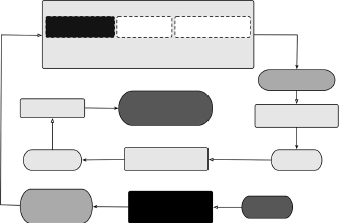CHAPTER 4
PROBLEM DEFINITION: CLARIFYING THE OBJECTIVES
What is this design intended to achieve?

IN CHAPTER 3 we focused on the client's initial problem statement, and talked about how we worked to revise that problem statement by (1) identifying and correcting any errors, biases, or implied solutions; and (2) incorporating the appropriate objectives, constraints, and functions. We now turn to clarifying the objectives that we want our design to achieve. We will examine the constraints that must be satisfied in Chapter 5 and the functions the design must perform in Chapter 6.
4.1 CLARIFYING A CLIENT'S OBJECTIVES
In Table 3.1 we presented a starting list of the desired attributes of a safe ladder, including objectives, constraints, functions, and means. We have pruned that list of attributes to the shorter list of objectives that we show in Table 4.1, but we see that our list still has a lot of entries. We might find the list more useful if we could organize it in some way. For example, the several uses that we have identified for the ladder might be grouped or clustered together in some coherent way.
Another way to group list entries might be to ask why we care about them. For example, why do we want our ladder to be used outdoors? Maybe that's part of what makes a ladder useful, which relates to another entry on our list. Similarly, we could ask why we care whether the ladder ...
Get Engineering Design: A Project-Based Introduction, Fourth Edition now with the O’Reilly learning platform.
O’Reilly members experience books, live events, courses curated by job role, and more from O’Reilly and nearly 200 top publishers.

